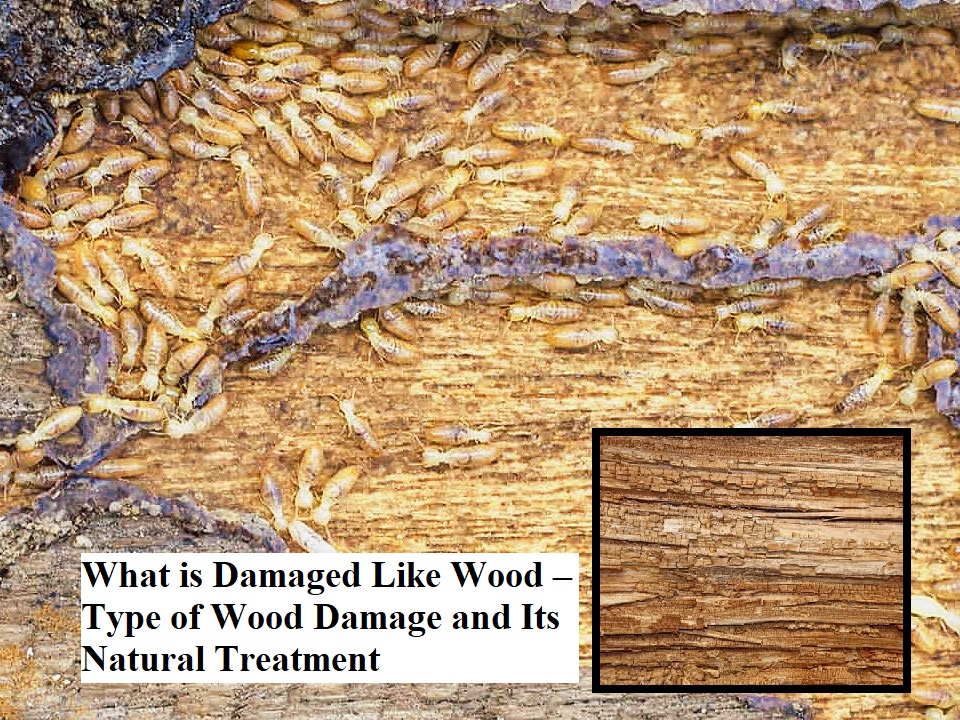It seems like you’re referring to the concept of wood damage, which can occur due to various factors. Let’s explore the types of damage wood can sustain, their causes, and potential remedies. Understanding the types and causes of wood damage is essential for effective maintenance and repair. By taking proactive steps to protect your wooden surfaces, you can extend their lifespan and maintain their beauty. If you have specific questions or need advice on a particular type of wood damage, feel free to ask.
Types of Wood Damage
-
Physical Damage
-
- Scratches and Dents: Often caused by heavy objects or improper handling.
- Cracks and Splits: Can occur due to changes in humidity or temperature, leading to expansion and contraction.
-
Biological Damage
-
- Rot: Fungal decay that occurs in damp conditions, weakening the wood structure.
- Insect Infestation: Pests like termites and wood-boring beetles can cause significant damage.
-
Chemical Damage
-
- Stains: Caused by spills of liquids like wine or oil, which can penetrate the wood surface.
- Discoloration: Often due to exposure to sunlight or harsh cleaning chemicals.
Causes of Wood Damage
-
Environmental Factors
Humidity, temperature fluctuations, and exposure to water can lead to various forms of damage.
-
Improper Maintenance
Lack of regular cleaning, sealing, or finishing can leave wood vulnerable.
-
Pest Infestation
Termites, carpenter ants, and other insects can compromise the integrity of wood.
Remedies and Prevention
-
Physical Damage Repair
-
- Scratches and Dents: Use wood filler or a matching stain to conceal minor imperfections. For deeper dents, consider steaming the area to raise the wood fibers.
- Cracks and Splits: Fill with epoxy or wood glue, then sand and refinish the surface.
-
Biological Damage Treatment
-
- Rot: Remove affected areas and replace with new wood. Treat surrounding wood with a fungicide to prevent recurrence.
- Insect Infestation: Use insecticides specifically designed for wood pests, and consider consulting a professional for severe infestations.
-
Chemical Damage Solutions
-
- Stains: Clean the area with a mild detergent and water. For stubborn stains, a specialized wood cleaner may be necessary.
- Discoloration: Sanding and refinishing the affected area can restore the original appearance.
-
Prevention Tips
-
- Regular Maintenance: Clean and polish wood surfaces regularly to prevent buildup of dirt and grime.
- Humidity Control: Use dehumidifiers in damp areas and maintain a stable temperature to reduce the risk of damage.
- Protective Finishes: Apply sealants or finishes to create a barrier against moisture and UV damage.
Natural Treatments for Damaged Wood
Natural treatments for damaged wood can effectively restore its appearance and prolong its lifespan. Using these natural treatments can help restore and protect your wood surfaces effectively without relying on harsh chemicals. Here are some effective methods and ingredients you can use:
Natural Treatment Methods
-
Coconut Oil
Coconut oil is excellent for restoring the natural color and moisture of wood. It can help rejuvenate dull surfaces and provide a protective layer against drying out.
-
Vinegar and Oil Mixture
A mixture of ¾ cup canola oil and ¼ cup vinegar can be applied to minor scratches and damages. This combination helps to nourish the wood and diminish the appearance of scratches.
-
Beeswax and Olive Oil
Combining beeswax with olive oil creates a protective, water-resistant finish. This treatment is particularly effective for smaller projects like cutting boards or furniture.
-
Linseed Oil
Linseed oil acts as a natural wood preservative that penetrates and nourishes the wood. It enhances the wood’s appearance and provides a warm hue, making it suitable for both indoor and outdoor wood applications.
-
Tea or Coffee Stain
Using brewed black tea or coffee can stain wood while also providing some protection against insects. This method gives a sophisticated, earthy look to the wood.
-
Baking Soda Paste
A paste made from baking soda and water can clean wood surfaces, removing stains and grime. While primarily a cleaning method, it helps refresh the wood’s appearance.
-
Vinegar for Darkening Wood
Applying balsamic or apple cider vinegar can darken the wood and maintain its natural color. Using a wire brush helps ensure the vinegar penetrates the wood grain effectively.
Application Tips
-
Preparation
Always sand the wood surface to remove imperfections and ensure even absorption of treatments.
-
Cleaning
Thoroughly clean the wood to remove dust and residues before applying any treatment.
-
Drying
Ensure the wood is completely dry before applying treatments, as moisture can hinder absorption.




